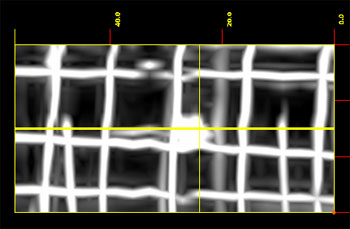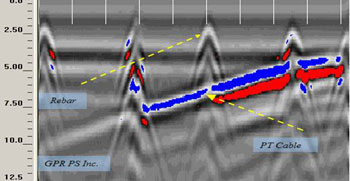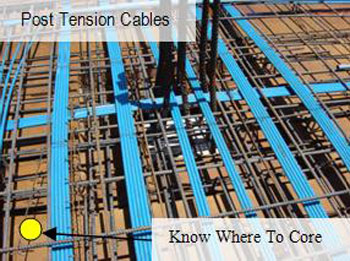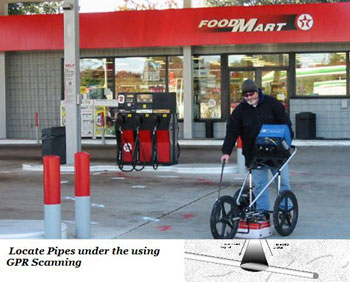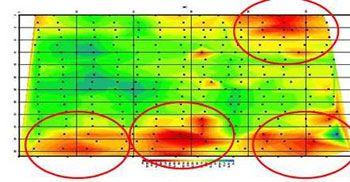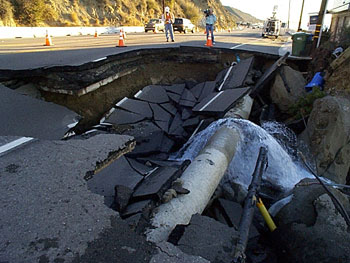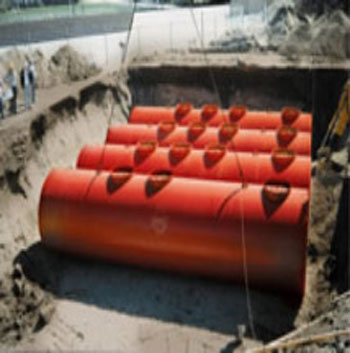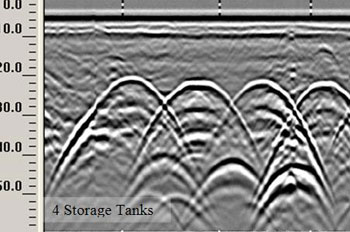 |
|
|
THE EXPERTS IN GROUND PENETRATING RADAR
1-781-718-0725 |
|
|
Ground Penetrating Radar ApplicationsConcrete Scanning | Post Tension Cable Locating | Utility Locating Ground Penetrating Radar has been widely used since 1970, first in the geophysical and geotechnical fields, and later in large construction projects. While the technology is still called “ground penetrating”, today’s applications frequently call for locating objects through concrete and asphalt as well as beneath soil. Many tasks, which were previously, time consuming, costly, and dangerous, can now be accomplished quickly and efficiently using radar scanning. This accurate, non-invasive technology is producing enormous savings in construction, engineering, and maintenance.
Concrete Scanning - Concrete NDT
Deteriorating concrete has been in the news recently and demands for the complete inspection of concrete bridges is widespread. To evaluate a massive number of structures in a short time, inspectors are relying on non-destructive, non-invasive radar scanning.
In addition to evaluating the condition of concrete, GPR can quickly locate and document the position of post tension cables, conduit, pipes, and rebar buried inside a concrete slab. The portability and ease of operation of modern GPR systems allows the operator to move easily about the job site and to record a large amount of data in a short period of time. Example of rebar in a concrete balcony with the light fixture below
Locating Post Tension Cables
Post tension cables are commonly used in large-scale concrete construction, but once buried in a concrete slab, their exact location is not apparent. These cables are under thousands of pounds of tension, accidentally cutting or drilling one can be extremely hazardous to workers and can compromise the structural integrity of the building. Post Tension Cable in a Concrete Beam:
Locating Underground Utilities – Pipes, Tanks, Drums Hundreds of accidents occur every year because a contractor cuts or digs up a natural gas pipe in the ground as seen in the photo below.
Balcony Deterioration Mapping The data is then quantified and compared to the other decks in the building. Concrete inspection with GPR is a fast reliable tool to gather data which can be used to help avoid dangerous situations. BELOW: Concrete Balcony isolating 4 areas of concrete deterioration
Bridge Deck Inspection GPR also will shows concrete deterioration. Concrete deterioration is a by product of rebar corrosion. When using GPR to scan the concrete, plan maps are created showing where the concrete is compromised. 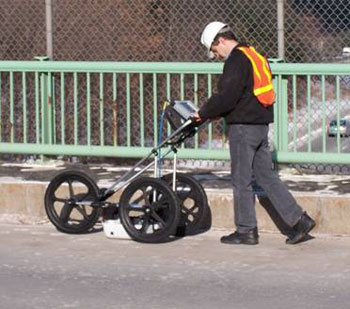 Photo Courtesy of GSSI Locating Sinkholes See Broken Pipe Below:
Locating underground storage tanks & drums Below, four storage tanks were set in place and after GPR Scanning the results of the four tanks are shown below.
Roadway Evaluation Now using GPR, a sample of the asphalt thickness can be recorded every foot while driving a truck mounted GPR down the highway. This saves a great deal of time and money. 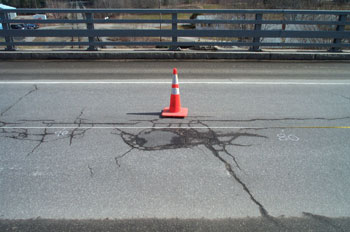 Photo Courtesy of GSSI  Photo Courtesy of GSSI Forensic Investigation 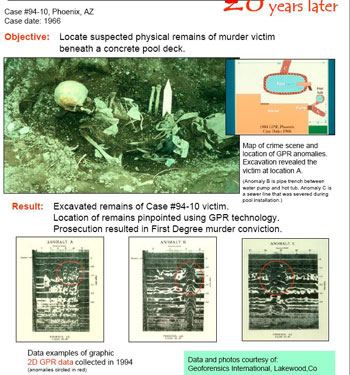 Photo Courtesy of GSSI |
1-781-718-0725


